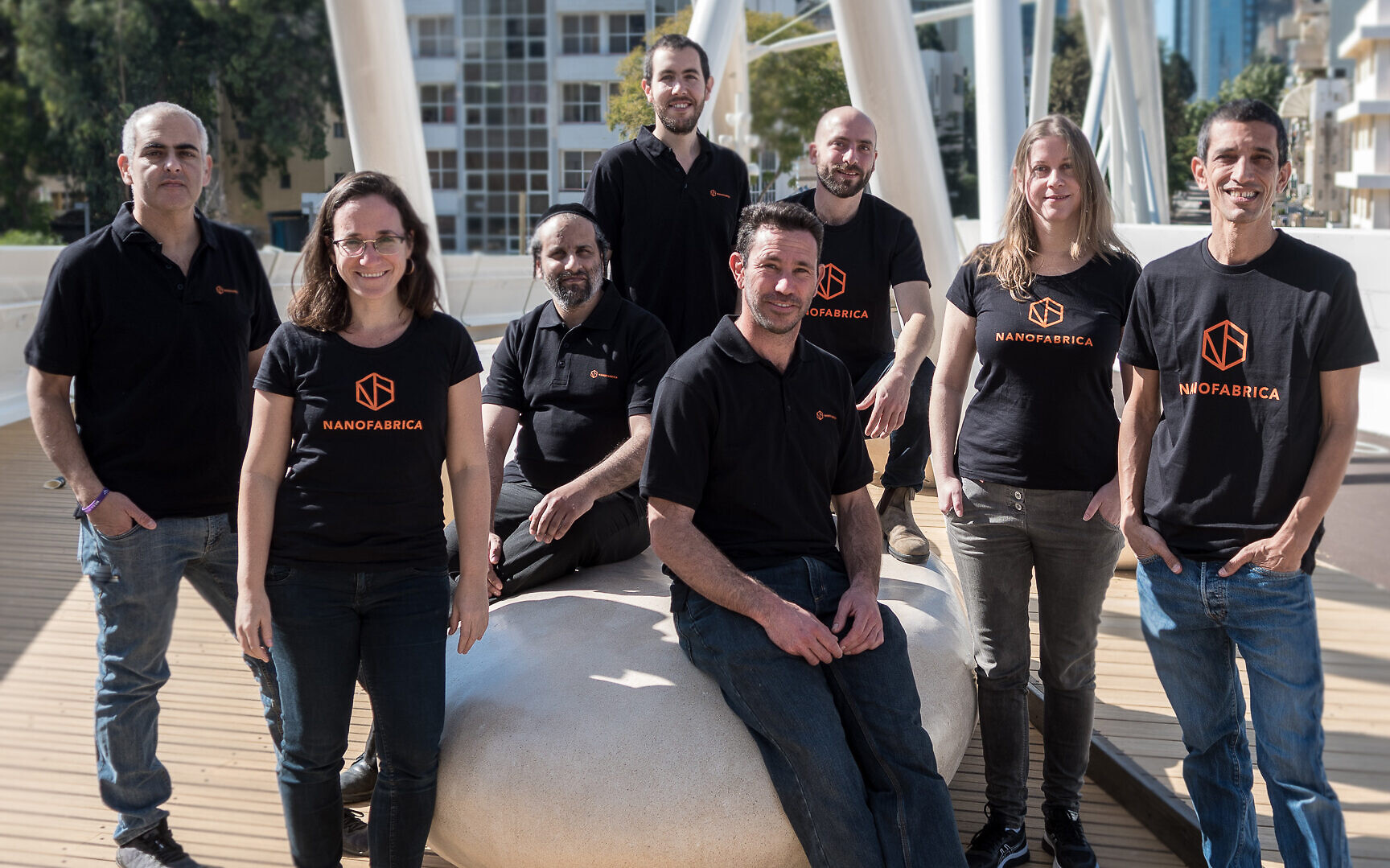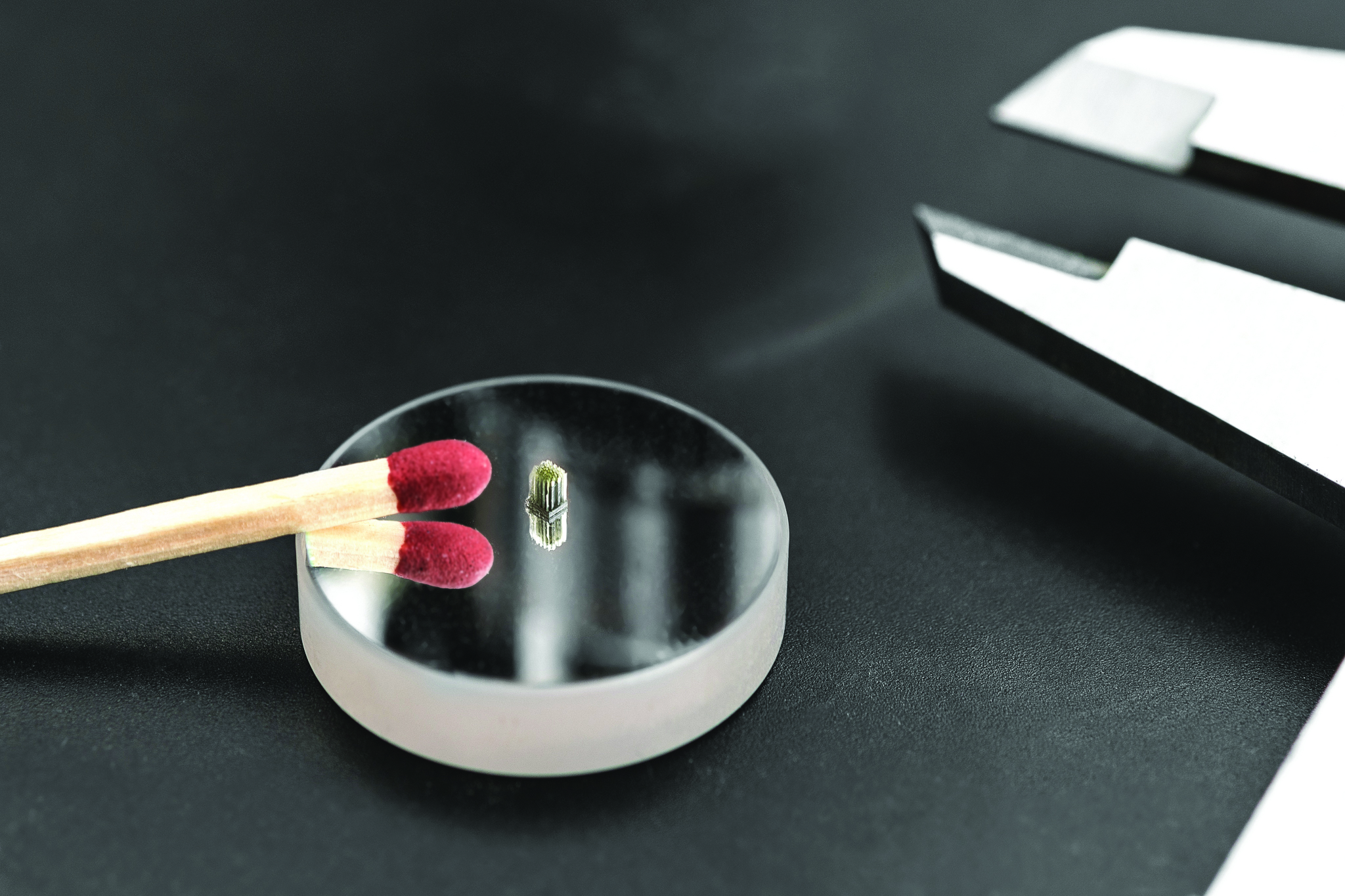Nanofabrica, the Israeli developer of precision additive manufacturing technologies, has raised $4m of investment in a funding round led by Microsoft’s venture arm M12 and venture capitalists NextLeap Ventures.
The latest round of funding takes the total raised to $7m, which will be used to further the company’s research and development goals, in addition to growing its sales according to a company statement.
“Nanoscale, precision manufacturing is a growing need for R&D organizations, as well as production-scale manufacturing companies,” said M12 partner Matthew Goldstein in the statement. “Nanofabrica’s technology enables digital mass manufacturing of precision parts.”

Nanofabrica’s optical technology
Founded in 2016 and based in Tel Aviv, Nanofabrica focuses on the additive manufacturing of precise and complex parts, and its technology has potential applications in the production of semiconductors, optical and medical devices.
The investment by Microsoft and Nextleap will be used to develop Nanofabrica’s range of micron-level resolution industrial 3D printers: the Workshop System and the Industrial System, which were made commercially available in March last year.
Both 3D printers utilize the company’s patented process which is based on a Digital Light Processing (DLP) engine, and Adaptive Optics (AO), a technology used to improve image distortions in optical devices such as telescopes. The additional funding will allow Nanofabrica to expand the research and development of these technologies, in addition to financing the company’s ongoing efforts to combat Covid-19.
The commercialization of the company’s technology was supported by the Siemens Dynamo program in June last year. The program, which has been running since 2018, aims to serve as a vehicle for start-up companies to commercialize with Siemens customers and partners, and to introduce technologies to new markets.
Nextleap Ventures, an investment firm consisting of former Intel Corp. employees, supported Microsoft in the latest round of fundraising. The firm’s investment portfolio consists of 14 technology companies focusing on AI, cybersecurity and medical applications.
Simon Fried, a co-founder of fellow Israeli 3D printing company Nano Dimension, recognized Nanofabrica’s work in an interview with 3DPI in 2018, saying that: “Nanofabrica are paying attention to printing very small parts. This can be expected to usher in new micro-manufacturing capabilities.”

Precision additive manufacturing technology
Potential applications of nanoscale 3D printing within the medical and consumer electronics sectors, have led researchers to experiment with methods of accelerating levels of production.
Researchers from Lawrence Livermore National Laboratory (LLNL) and The Chinese University of Hong Kong developed a new 3D printing method aiming to improve scalability in the production of minute devices in October 2019. A development of two-photon or multi-photon lithography, which is a common method of 3D printing sub-micron structures, the team replaced the lithography systems’ singular laser with a field of light.
In July 2018, researchers at Zhejiang University combined ice and electron beam technology to produce metallic objects at a scale to rival the width of a human hair. The method simplifies e-beam lithography (EBL), a technique that is commonly used in the low-volume production of small electronic components, by almost cutting the number of steps in half.
California Institute of Technology (Caltech) researchers developed their own variation of the two-photon lithography method In February 2018, designed to 3D print metal structures no larger than 100 nanometers. The team used polymer ink laced with fine metallic particles to produce lattices that shrunk by up to 80% when heated to a temperature of 1000oC.
You can now nominate for the 2020 3D Printing Industry Awards. Cast your vote to help decide this year’s winners.
To stay up to date with the latest 3D printing news, don’t forget to subscribe to the 3D Printing Industry newsletter or follow us on Twitter or liking our page on Facebook.
Looking for a job in the additive manufacturing industry? Visit 3D Printing Jobs for a selection of roles in the industry.
Featured image shows Nanofabrica’s Micron Resolution Technology. Photo via Nanofabrica.



